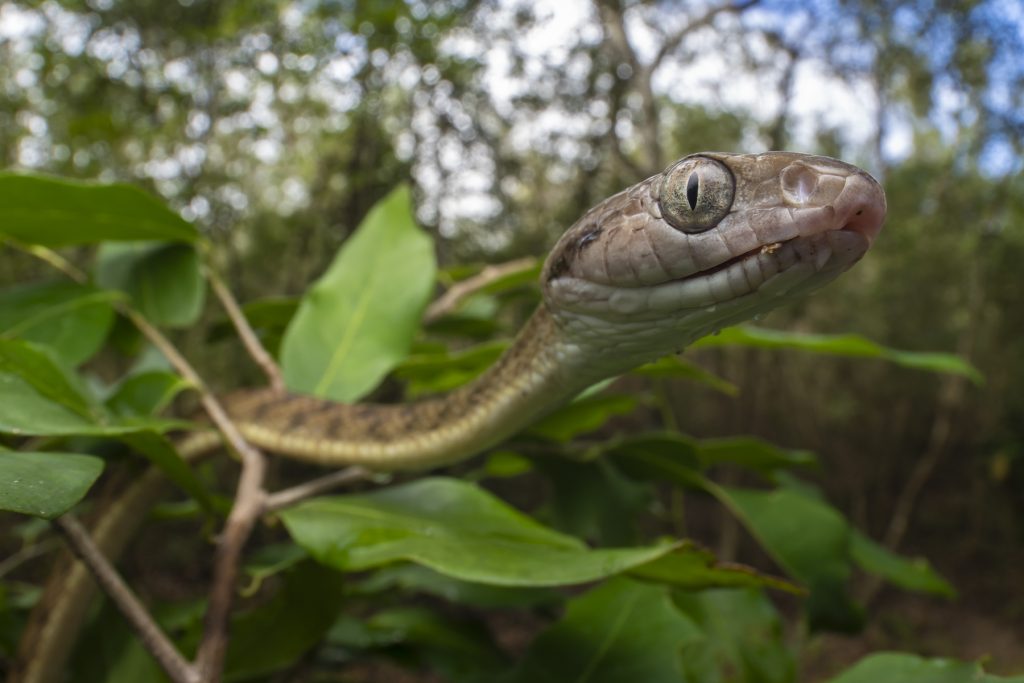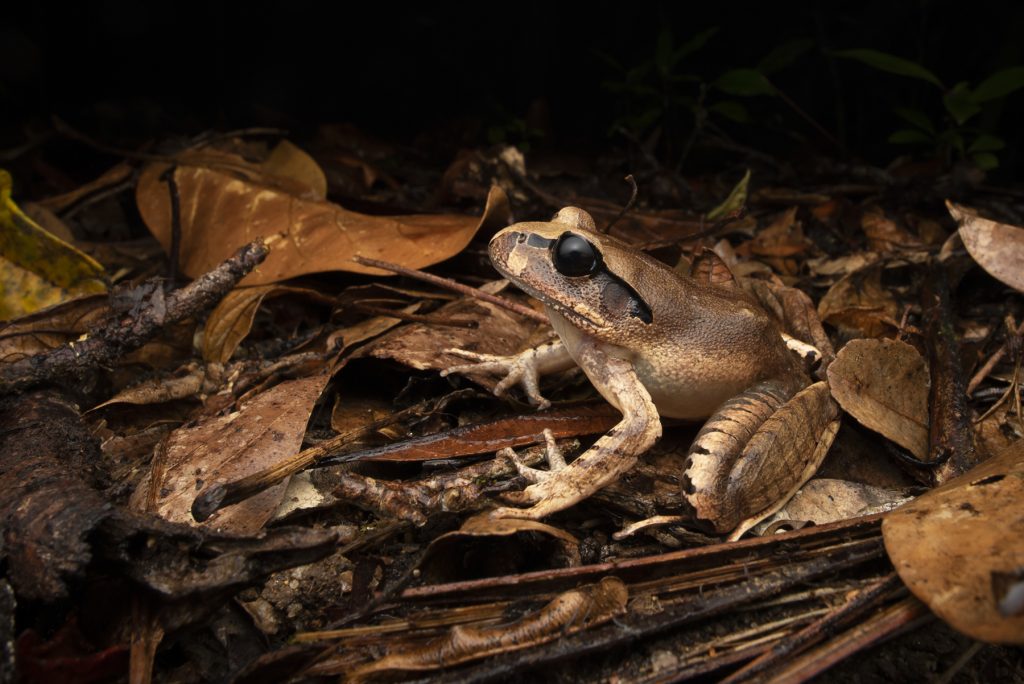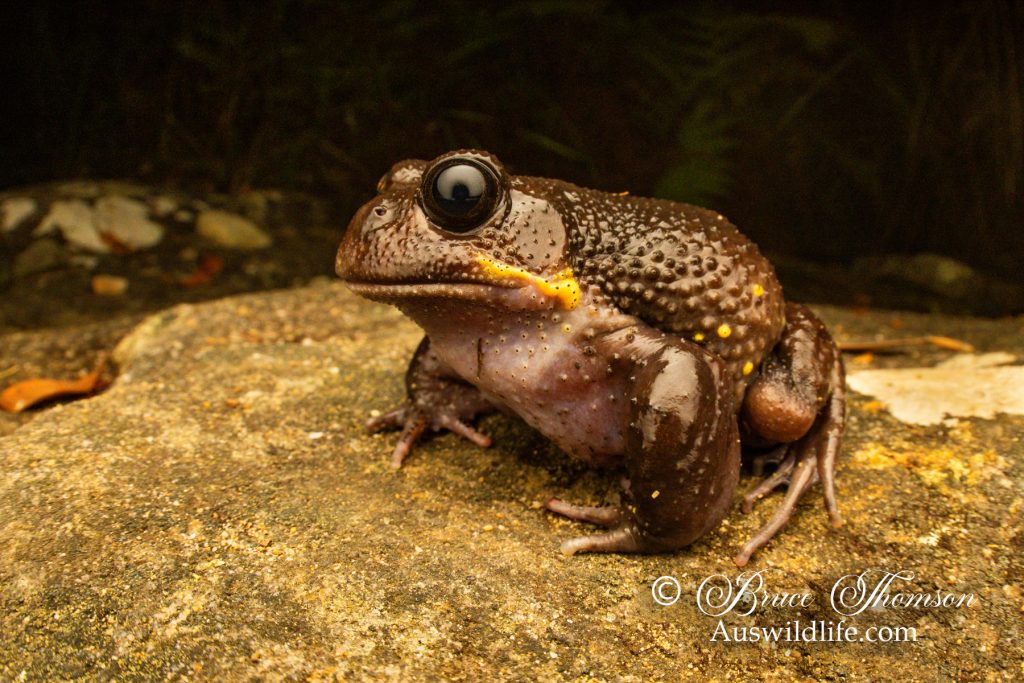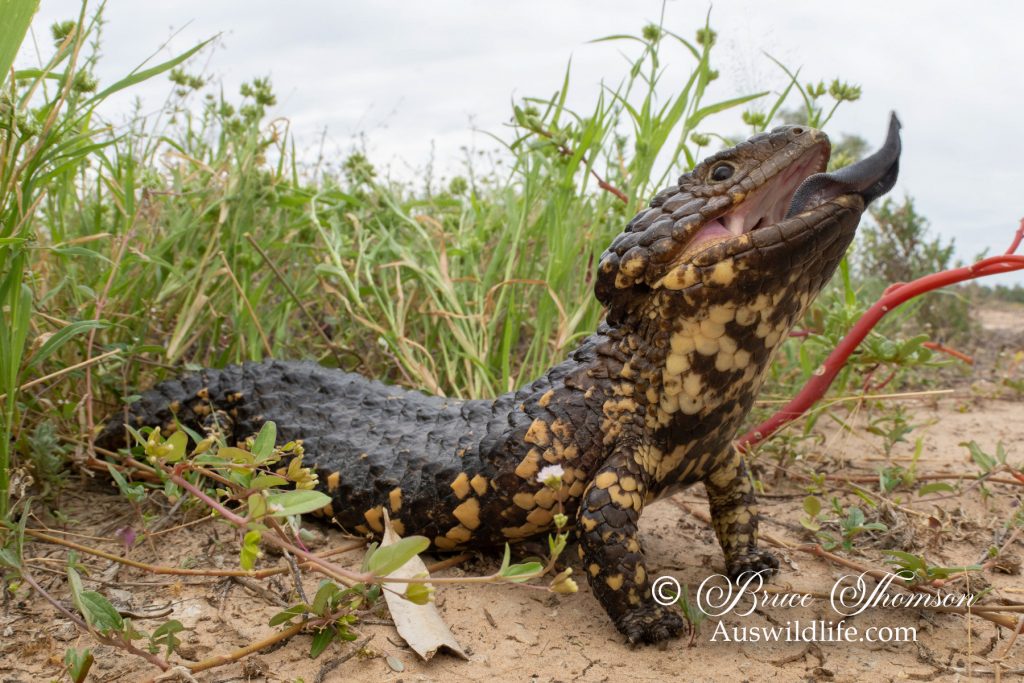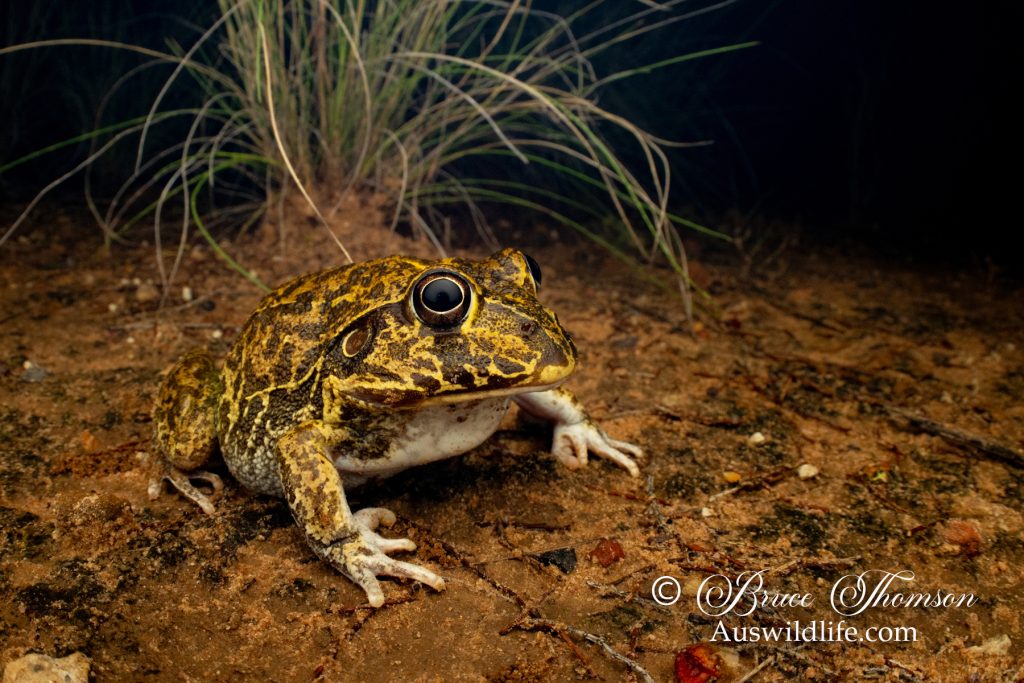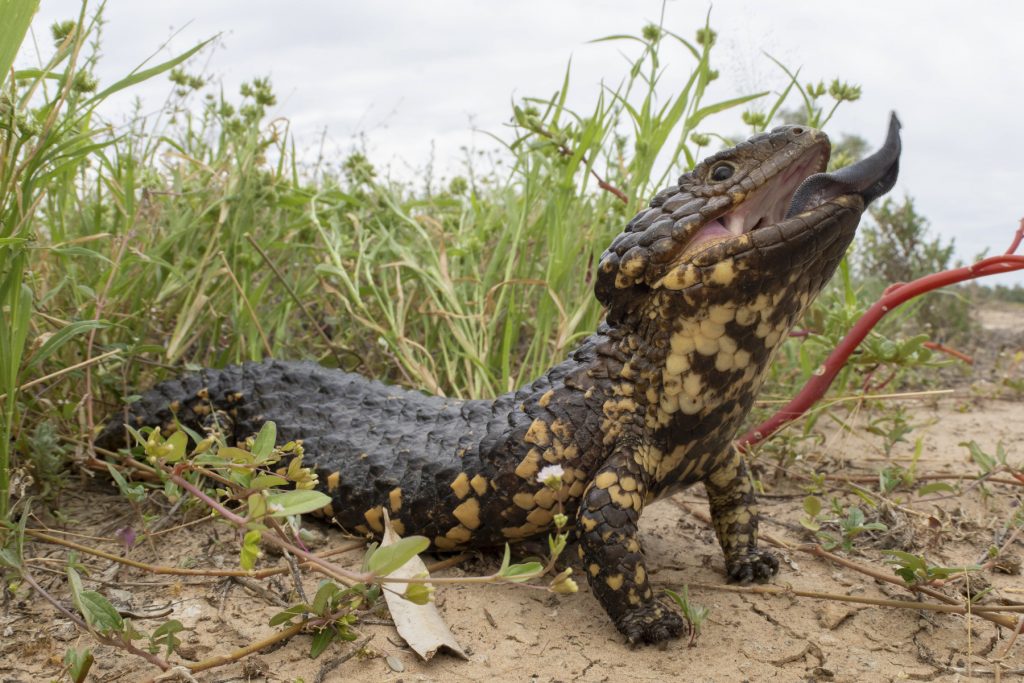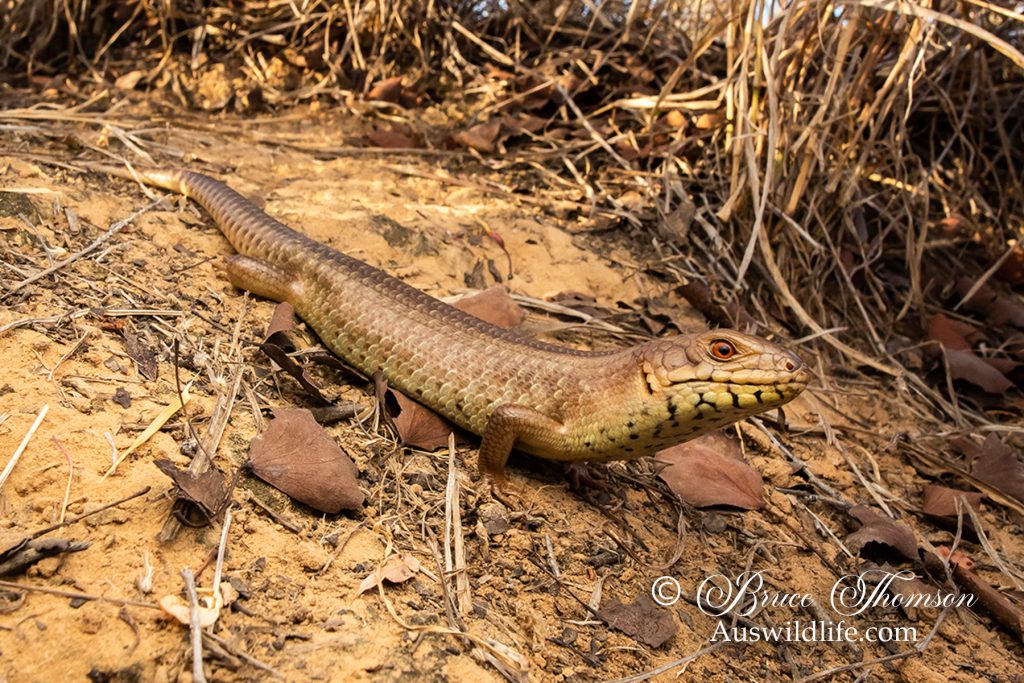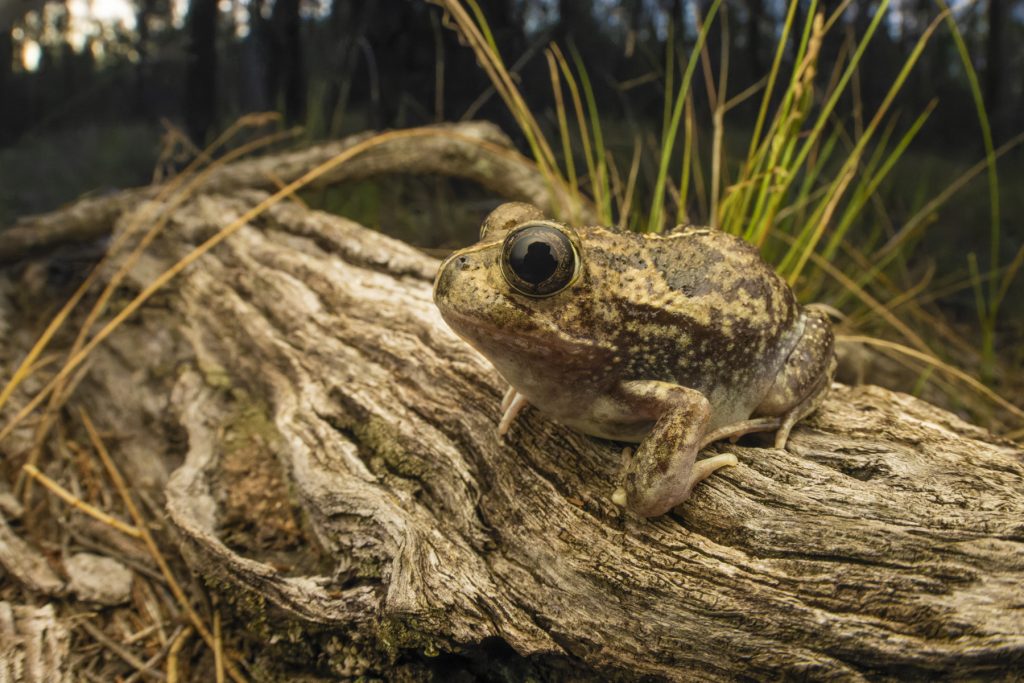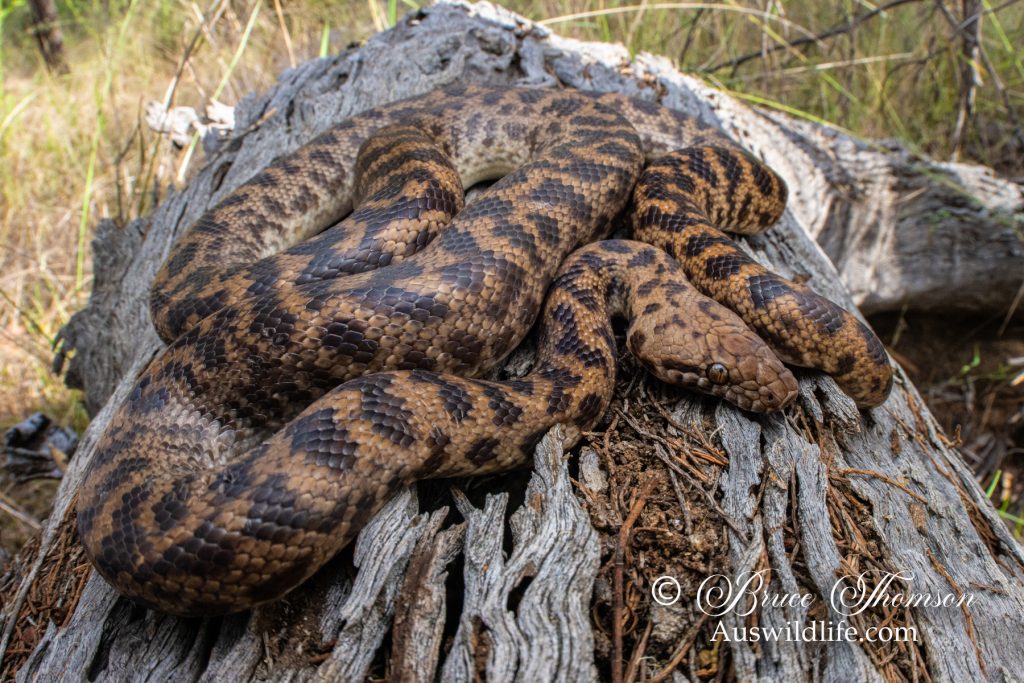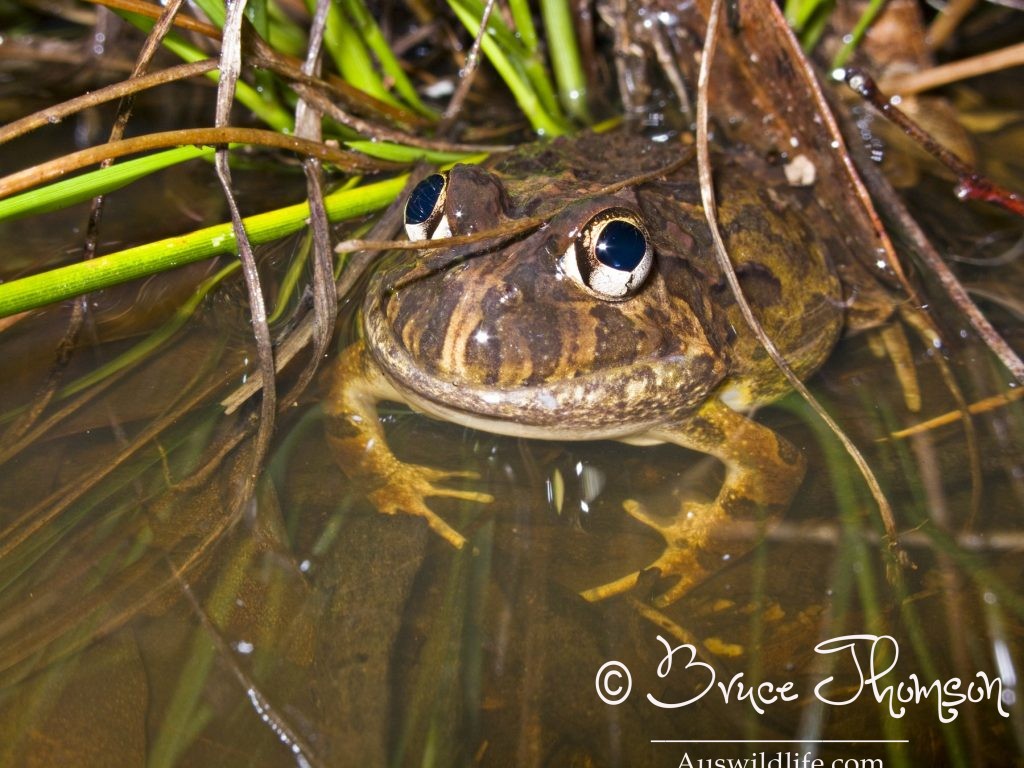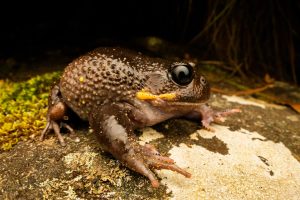
This is only a recent technique that I have been experimenting with, so I don't have a lot of example images just yet. However, the overall idea is to incorporate background elements into your macro photos so as to give your images a sense of place, showing some of the habitat that the subject was found in. I must admit that I truly hate manipulated images with totally blurred backgrounds! After all, if you have spent time and money travelling to an amazing habitat to photograph, something, why would you then destroy the context of the very environment that you were attracted to in the first place? Just my opinion! It's nice to have that option to create holistic images that are a little different - and I do think different is good!
The lens setup that I use is not one that receives a lot of attention, but it's been used by underwater photographers for some time. It is an 8-15mm zoom lens coupled with a 1.4x converter. Sounds odd? Well, both Nikon and Canon have these lenses and the specs looks to be the same. The lenses focus down to 16cm (measured from the sensor) which gives a reproduction ratio of about .34x, so not really great, but magic happens when you add the 1.4x converter. For some reason that I have no understanding of, the lenses now focuses down almost to the front element. In Nikon's case, the propriety 1.4x converters don't fit the lens, so a third party converter is required. I don't know about Canon. I am not going to recommend brands, so some research might be required here! You can always start here, but check to confirm compatibility of the latest models.
But you say ' Hang on, at 15mm with a 1.4 gives you an effective 21mm lens!' Yes, well then turn the zoom down to about 11mm and you have restored your 15mm focal length again. The extra advantage of this is that you do have some zoom range to play with in composing your shot. You also have autofocus plus all other automatic functions as provided by the camera. I close the lens down for a truly excellent depth-of-field but f.16 is about the limit before obvious image degradation occurs (with my setup).
Distortion can be both good and bad, and has to be managed carefully. I have included an image here of a male Giant Burrowing Frog. These guys have enormous arms that must be important when mating, but it doesn't help when one arm is much closer to the lens than the rest of the frog! More reasonable images are to be found below in the gallery.


